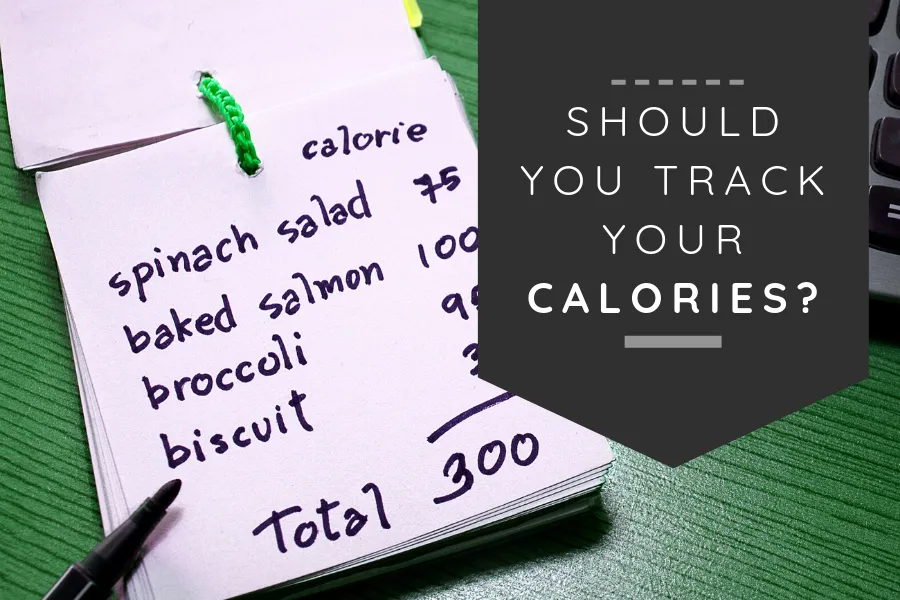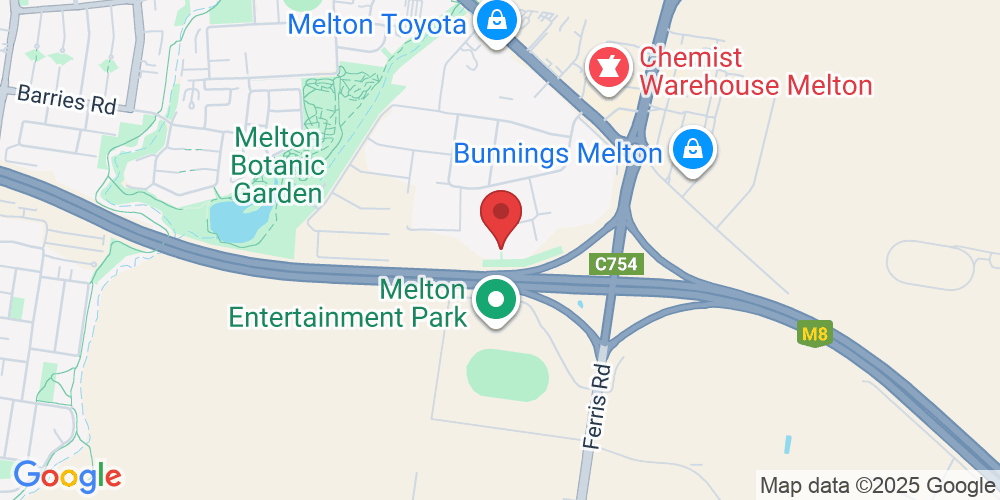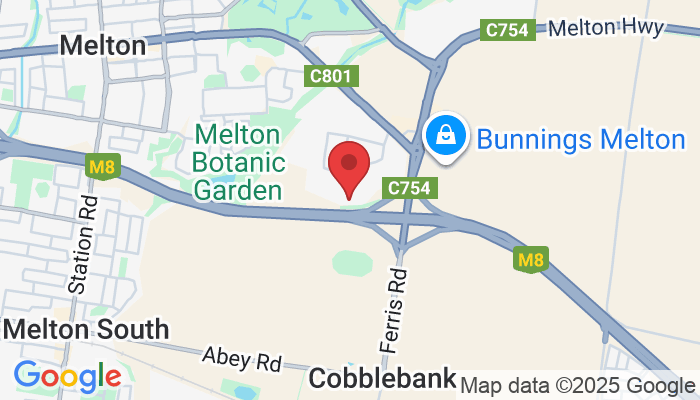Articles
Discover the latest fitness tips, workout advice, and updates from FIT40 Melton. Our blog is designed to keep you informed and inspired on your fitness journey.
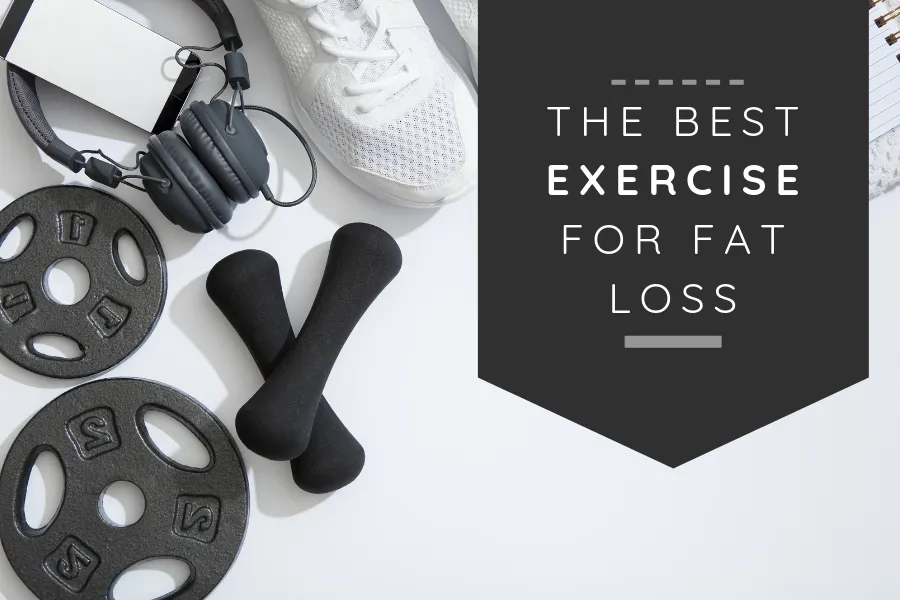
The best exercise for fat loss
“I have seen an exercise on social media from a few prolific trainers that would be the perfect movement for fat loss:
The plate push.”
I’ve spoken about spot-reducing before and how you can’t reduce fat from a specific area on the body simply by working that area. For example, you can’t do sit-ups 3 times a week and burn fat specifically from your stomach.
Sure, the more movement you do, the more calories you’ll burn which will, in turn, help you with fat loss. But it won’t be directly off your stomach and it won’t necessarily even occur if there aren’t other critical factors being met.
The same thing applies for overall fat loss. You can’t lose fat simply by doing one particular ‘best exercise for fat loss’. There are many other variables that come into play when looking at fat loss. I take that back, actually. I have seen an exercise on social media from a few prolific trainers that would be the perfect movement for fat loss:
The plate push.
Push your plate away when eating too much food.

Credit: Jordan Syatt @syattfitness
I’m joking here, of course. As I said initially, there isn’t a magical exercise that will cause all kinds of amazing fat loss as soon as you start doing it. You need to focus on the holistic, overall approach that causes fat loss.
Eat less food than you’re currently eating to create a calorie deficit. Or add in more movement than you’re currently doing to, once again, create a calorie deficit.
Energy balance is the key to fat loss. When you are burning more energy or minimising any extra energy intake from the foods you eat, your body starts to tap into its own energy stores – your fat cells. When we eat too much food and don’t exercise or move enough to burn it off, we store it in our fat cells.
They can expand and hold a lot of energy in here so it’s easy to see how we get bigger and bigger over time. They can be reduced though. By creating an energy deficit, you start to use this stored fat as fuel. You need the energy deficit though.
Doing endless hours of cardio on a treadmill or searching for a magical exercise to burn fat will not result in any extra fat loss if you are still eating too many calories for your body’s needs. That calorie number is your TDEE (Total Daily Energy Expenditure). It is how many calories you burn per day, taking into account your age, weight, height, sex and activity level.
Is it perfectly accurate? No, but nothing in health and fitness is. It is our best estimate and best measure to work off though. You can calculate your TDEE using my calculator in the Steel Transformation Academy. Once you have that number, it’s just a matter of consuming less calories than it and moving enough to create a deficit.
You did come here for ‘the best exercise for fat loss’ though, so it would be rude of me to leave you empty handed. And while I did say that there is no magical exercise that burns and strips body fat, there is a workout structure that does burn more fat, in the short-term, than any other.
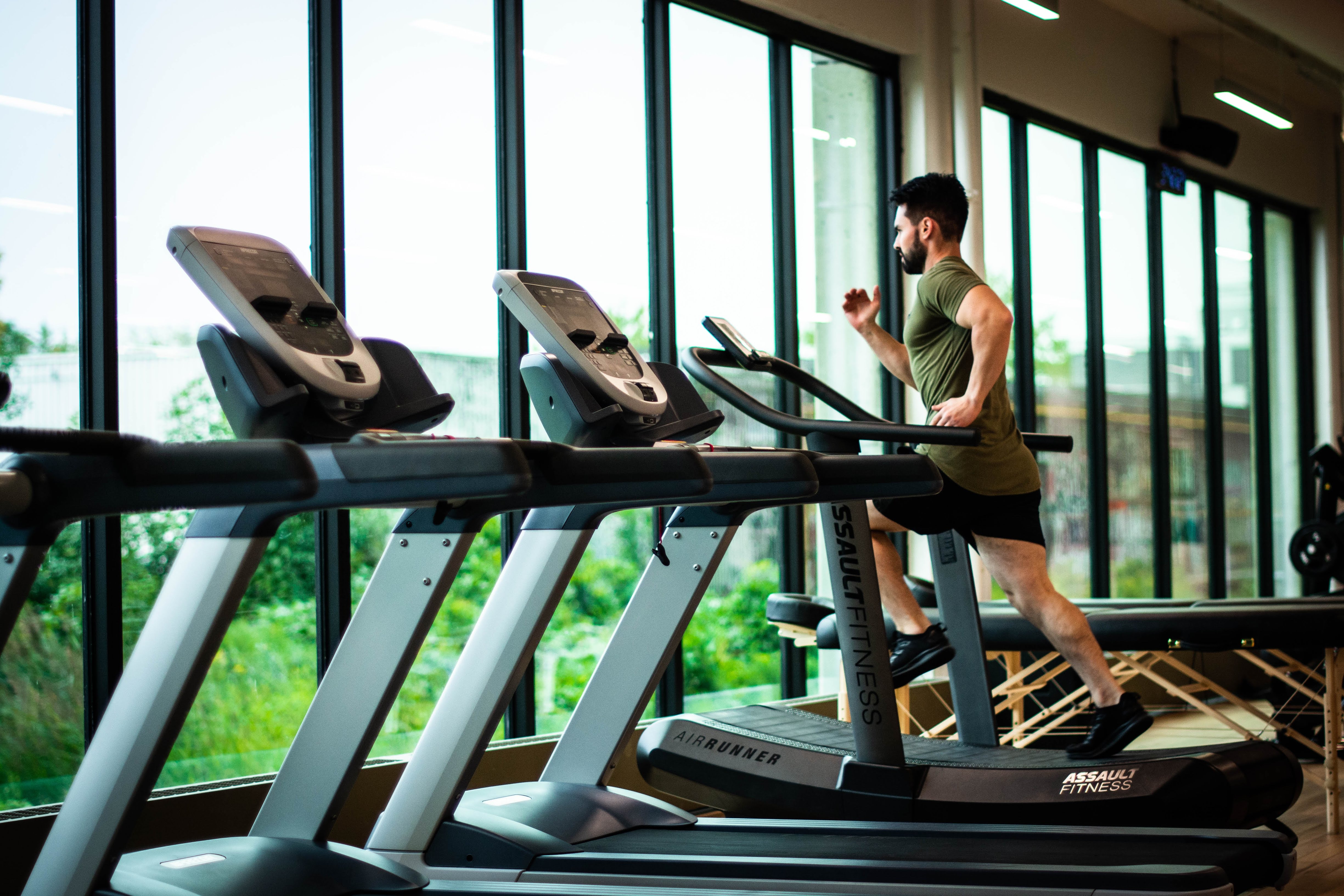
H.I.I.T
High Intensity Interval Training has been shown to burn more calories than any other form of exercise, when time spent working was equated [1]. In other words, I could spend 1 hour on the treadmill and burn 400 calories by cruising at a steady pace, or I could potentially burn the same number of calories in half the time with HIIT.
When done correctly, HIIT can be an extremely effective way to burn extra calories, thus contributing to extra fat loss overall. It’s important for you to understand though, that doesn’t mean if you add it into your routine that the fat will suddenly start melting off you.
If your diet isn’t where it needs to be and you’re not sleeping well or recovering properly, you could actually be doing more damage than good. Adding HIIT into your routine can be a great tool for greater progress with your fat loss, as long as it is done properly and sensibly.
How to do HIIT
High Intensity Interval Training is exactly as the name suggests. It is interval training performed at high intensity. This could mean 20 seconds of work followed by 1 minute of rest. It could be 40 seconds of work followed by 3 minutes of rest. There are many protocols for HIIT that can be used and manipulated for your needs.
It is also dependant on your current fitness level and ability. Blindly throwing in random intervals will not allow you to reap all the benefits of HIIT. You need to figure out what works best for your body and your current ability.
The ‘magic’ of the intervals is really in the rest period. You need to wait for your heart rate to settle and bring itself down to near-baseline to really create the intensity required to actually be working at a high intensity. If you rest too little, you are no longer able to work at the necessary intensity.
An example of a HIIT program looks like this:
Run 30 seconds – Hard Effort
Rest 90 seconds – Walk
Repeat x 10
That’s it. Short, sharp, simple.
If performed correctly, you could burn more calories in this 20-minute window than you would simply jogging/walking on the treadmill or cycling on a stationary bike for double the amount of time.
You can also include resistance training into your interval training. This gives you the added benefit of increased muscle mass, which is also a large factor in fat loss. You could try another simple workout such as:
Dumbbell Thruster @ Moderate weight x 30sec
Rest x 30sec
DB Clean & Press @ Moderate Weight x 30sec
Rest x 30sec
Repeat x 5
Again, short and simple. You’re in and out in 20 minutes.
That’s really the important thing to understand with HIIT. It’s not necessarily superior to any other form of training. It is just the most time-effective form of exercise when looking purely at calories burnt [2].
Should you do HIIT
As mentioned above, adding in HIIT to your routine will have little effect if you’re not already eating well and recovering from your current training. Get those ducks in a row first before you start worrying about the best exercises or training modalities for fat loss. You can undo any extra calories burnt through HIIT quite easily with a poor diet.
You should also be careful with HIIT if you are currently injured or new to exercise. If you are injured you only run the risk of making it worse and keeping yourself out of the gym for longer. If you are new, you can experience a host of great benefits from simply moving more or incorporating resistance training into your routine.
I would focus on those things before adding in some high intensity training to push the boundaries a little more. You want to get the most bang for your buck when it comes to training. That is, you want to get the most amount of results, with the least amount of effort. Smashing yourself with 3 HIIT workouts a week is a lot of effort and eventually leaves you with little room to scale up your workouts.
You could start with resistance training and gradually increase your intensity to really take advantage of your ‘newbie’ gains for as long as you can, rather than simply smashing yourself from the get-go.
Overall, High Intensity Interval Training is for experienced people who:
-- have a solid foundation of exercise already
-- have good movement mechanics and can handle the stress of load and weight under fatigue
-- are already eating well and recovering well
-- have been doing the same routine for longer than 2-3 months
-- want to challenge themselves in a different way
At the end of the day, fat loss is about managing your calories and being in an energy deficit more often than you’re not. There a million methods to achieve this, HIIT is simply a tool to maximise your time spent working out to burn as much as you can in smaller window of time.
From this point, it is an extremely effective method to burn fat and a great way to increase strength and cardiovascular fitness at the same time, but it does require you to be ready for it and willing to push to a legitimate ‘high intensity’.
Simply throwing some exercises together in a circuit doesn’t exactly replicate the benefits of true HIIT. Work hard when it’s time to work and recover as much as you can in your rest periods to maximise your next hard effort. But above all else, make sure you’re in an energy deficit to ensure fat loss occurs.

The best exercise for fat loss
“I have seen an exercise on social media from a few prolific trainers that would be the perfect movement for fat loss:
The plate push.”
I’ve spoken about spot-reducing before and how you can’t reduce fat from a specific area on the body simply by working that area. For example, you can’t do sit-ups 3 times a week and burn fat specifically from your stomach.
Sure, the more movement you do, the more calories you’ll burn which will, in turn, help you with fat loss. But it won’t be directly off your stomach and it won’t necessarily even occur if there aren’t other critical factors being met.
The same thing applies for overall fat loss. You can’t lose fat simply by doing one particular ‘best exercise for fat loss’. There are many other variables that come into play when looking at fat loss. I take that back, actually. I have seen an exercise on social media from a few prolific trainers that would be the perfect movement for fat loss:
The plate push.
Push your plate away when eating too much food.

Credit: Jordan Syatt @syattfitness
I’m joking here, of course. As I said initially, there isn’t a magical exercise that will cause all kinds of amazing fat loss as soon as you start doing it. You need to focus on the holistic, overall approach that causes fat loss.
Eat less food than you’re currently eating to create a calorie deficit. Or add in more movement than you’re currently doing to, once again, create a calorie deficit.
Energy balance is the key to fat loss. When you are burning more energy or minimising any extra energy intake from the foods you eat, your body starts to tap into its own energy stores – your fat cells. When we eat too much food and don’t exercise or move enough to burn it off, we store it in our fat cells.
They can expand and hold a lot of energy in here so it’s easy to see how we get bigger and bigger over time. They can be reduced though. By creating an energy deficit, you start to use this stored fat as fuel. You need the energy deficit though.
Doing endless hours of cardio on a treadmill or searching for a magical exercise to burn fat will not result in any extra fat loss if you are still eating too many calories for your body’s needs. That calorie number is your TDEE (Total Daily Energy Expenditure). It is how many calories you burn per day, taking into account your age, weight, height, sex and activity level.
Is it perfectly accurate? No, but nothing in health and fitness is. It is our best estimate and best measure to work off though. You can calculate your TDEE using my calculator in the Steel Transformation Academy. Once you have that number, it’s just a matter of consuming less calories than it and moving enough to create a deficit.
You did come here for ‘the best exercise for fat loss’ though, so it would be rude of me to leave you empty handed. And while I did say that there is no magical exercise that burns and strips body fat, there is a workout structure that does burn more fat, in the short-term, than any other.

H.I.I.T
High Intensity Interval Training has been shown to burn more calories than any other form of exercise, when time spent working was equated [1]. In other words, I could spend 1 hour on the treadmill and burn 400 calories by cruising at a steady pace, or I could potentially burn the same number of calories in half the time with HIIT.
When done correctly, HIIT can be an extremely effective way to burn extra calories, thus contributing to extra fat loss overall. It’s important for you to understand though, that doesn’t mean if you add it into your routine that the fat will suddenly start melting off you.
If your diet isn’t where it needs to be and you’re not sleeping well or recovering properly, you could actually be doing more damage than good. Adding HIIT into your routine can be a great tool for greater progress with your fat loss, as long as it is done properly and sensibly.
How to do HIIT
High Intensity Interval Training is exactly as the name suggests. It is interval training performed at high intensity. This could mean 20 seconds of work followed by 1 minute of rest. It could be 40 seconds of work followed by 3 minutes of rest. There are many protocols for HIIT that can be used and manipulated for your needs.
It is also dependant on your current fitness level and ability. Blindly throwing in random intervals will not allow you to reap all the benefits of HIIT. You need to figure out what works best for your body and your current ability.
The ‘magic’ of the intervals is really in the rest period. You need to wait for your heart rate to settle and bring itself down to near-baseline to really create the intensity required to actually be working at a high intensity. If you rest too little, you are no longer able to work at the necessary intensity.
An example of a HIIT program looks like this:
Run 30 seconds – Hard Effort
Rest 90 seconds – Walk
Repeat x 10
That’s it. Short, sharp, simple.
If performed correctly, you could burn more calories in this 20-minute window than you would simply jogging/walking on the treadmill or cycling on a stationary bike for double the amount of time.
You can also include resistance training into your interval training. This gives you the added benefit of increased muscle mass, which is also a large factor in fat loss. You could try another simple workout such as:
Dumbbell Thruster @ Moderate weight x 30sec
Rest x 30sec
DB Clean & Press @ Moderate Weight x 30sec
Rest x 30sec
Repeat x 5
Again, short and simple. You’re in and out in 20 minutes.
That’s really the important thing to understand with HIIT. It’s not necessarily superior to any other form of training. It is just the most time-effective form of exercise when looking purely at calories burnt [2].
Should you do HIIT
As mentioned above, adding in HIIT to your routine will have little effect if you’re not already eating well and recovering from your current training. Get those ducks in a row first before you start worrying about the best exercises or training modalities for fat loss. You can undo any extra calories burnt through HIIT quite easily with a poor diet.
You should also be careful with HIIT if you are currently injured or new to exercise. If you are injured you only run the risk of making it worse and keeping yourself out of the gym for longer. If you are new, you can experience a host of great benefits from simply moving more or incorporating resistance training into your routine.
I would focus on those things before adding in some high intensity training to push the boundaries a little more. You want to get the most bang for your buck when it comes to training. That is, you want to get the most amount of results, with the least amount of effort. Smashing yourself with 3 HIIT workouts a week is a lot of effort and eventually leaves you with little room to scale up your workouts.
You could start with resistance training and gradually increase your intensity to really take advantage of your ‘newbie’ gains for as long as you can, rather than simply smashing yourself from the get-go.
Overall, High Intensity Interval Training is for experienced people who:
-- have a solid foundation of exercise already
-- have good movement mechanics and can handle the stress of load and weight under fatigue
-- are already eating well and recovering well
-- have been doing the same routine for longer than 2-3 months
-- want to challenge themselves in a different way
At the end of the day, fat loss is about managing your calories and being in an energy deficit more often than you’re not. There a million methods to achieve this, HIIT is simply a tool to maximise your time spent working out to burn as much as you can in smaller window of time.
From this point, it is an extremely effective method to burn fat and a great way to increase strength and cardiovascular fitness at the same time, but it does require you to be ready for it and willing to push to a legitimate ‘high intensity’.
Simply throwing some exercises together in a circuit doesn’t exactly replicate the benefits of true HIIT. Work hard when it’s time to work and recover as much as you can in your rest periods to maximise your next hard effort. But above all else, make sure you’re in an energy deficit to ensure fat loss occurs.
KICKSTART
YOUR
FITNESS
RIGHT NOW!
GET YOUR FREE GUIDE NOW
KICKSTART
YOUR
FITNESS
RIGHT NOW!
GET YOUR FREE GUIDE NOW
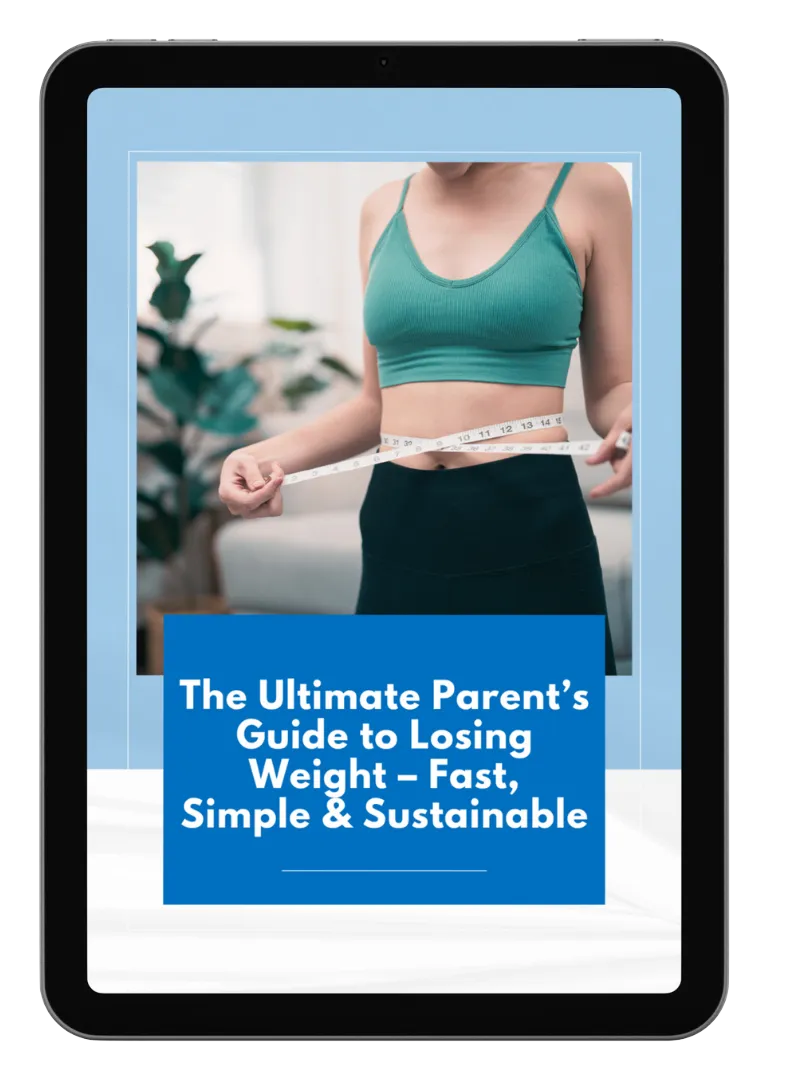
© FIT40 Melton 2025
Privacy Policy | Terms of Use



